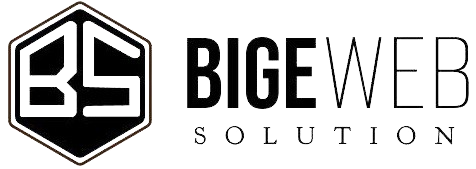A domain name is a human-readable web address used to identify and locate resources on the internet. It serves as a user-friendly way to access websites and other online services. Domain names consist of two main parts:
-
Domain Name Label: This is the unique name you choose for your website or online service. For example, in the domain name "example.com," "example" is the label.
-
Top-Level Domain (TLD): The TLD is the part that comes after the last dot in the domain name. It often indicates the type or purpose of the website. Common TLDs include ".com," ".org," ".net," ".edu," and country-specific ones like ".uk" for the United Kingdom or ".ca" for Canada.
Together, the label and TLD create a complete domain name. For instance, "google.com" is a domain name, with "google" as the label and ".com" as the TLD.
Domain names are used to translate human-readable names into IP (Internet Protocol) addresses, which are numerical identifiers that computers use to locate each other on the internet. This translation is carried out by the Domain Name System (DNS), a global system of servers responsible for resolving domain names to IP addresses.
People use domain names to access websites, send emails, and access various online resources. When you type a domain name into a web browser's address bar, the browser contacts a DNS server to find the corresponding IP address, allowing you to access the website associated with that domain name.
Domain names are essential for branding, online visibility, and creating a memorable online identity. They are typically registered through domain registrars, which are accredited organizations responsible for managing the registration process and ensuring the uniqueness of domain names. Domain names are usually leased or purchased for a specific period (typically one year or more) and must be renewed to maintain ownership.


.png)

